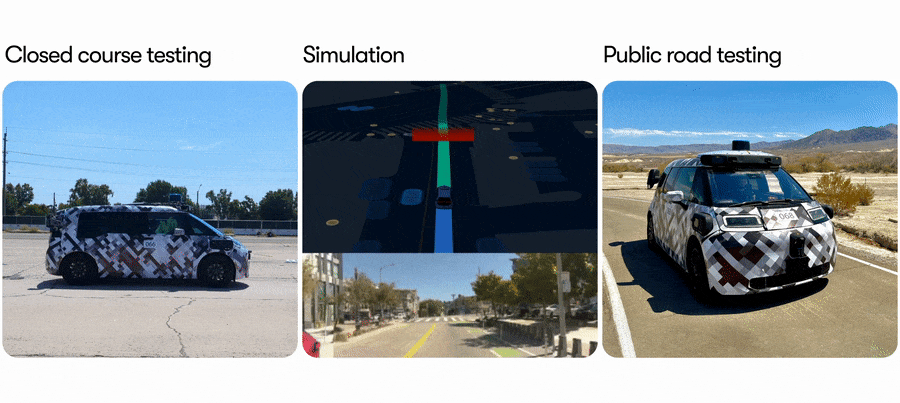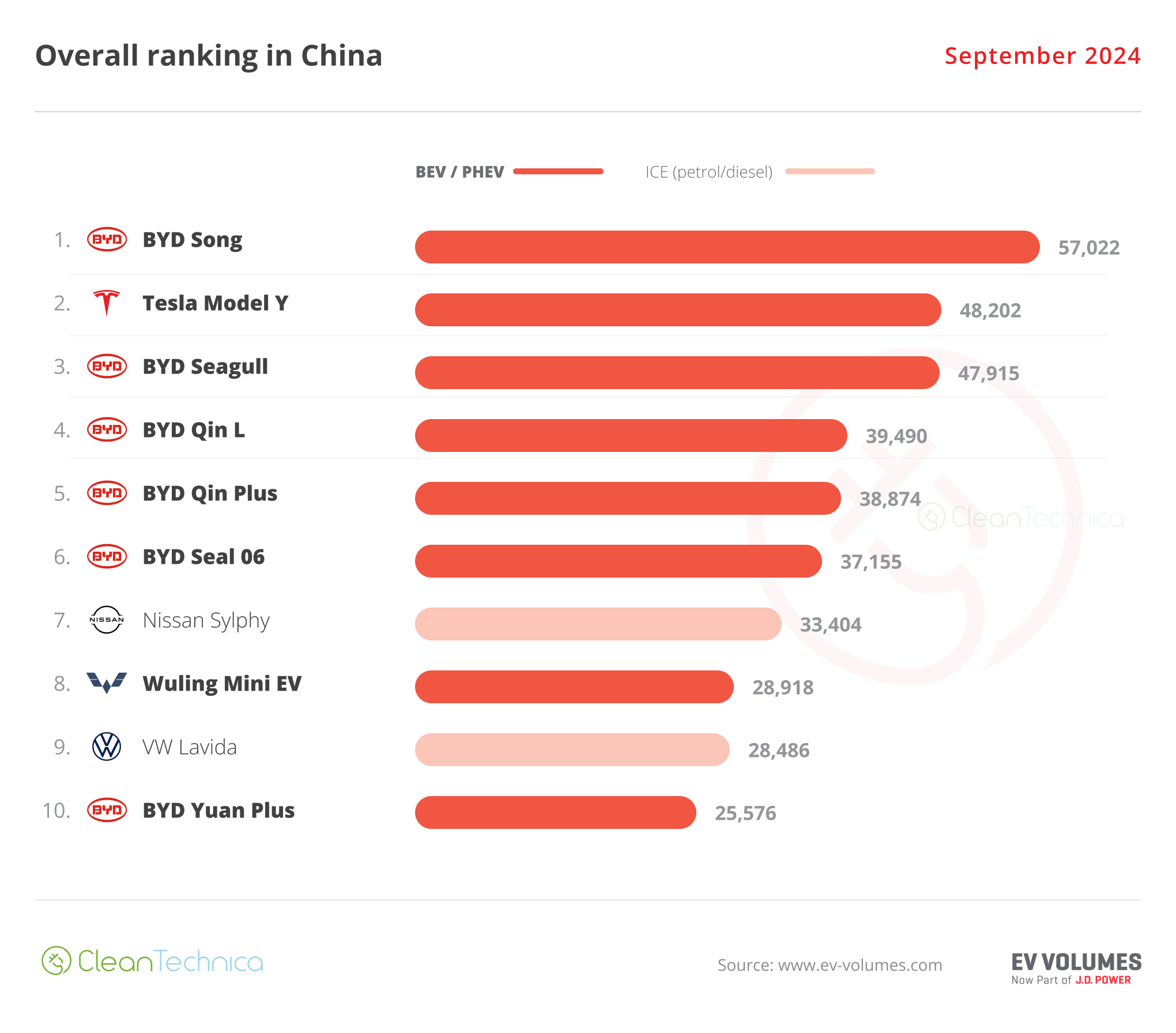Sign up for daily news updates from CleanTechnica on email. Or follow us on Google News!
Waymo continues to trudge forward, and it is reporting notable improvements in its brand new 6th-generation Waymo Driver. The funny thing, as I’m writing this, is I still remember the first Google self-driving cars I saw and recorded with an old-school digital camera in 2006. That was 18 years ago! The first iPhone wasn’t even on the market yet. While progress may have come slower than many people hoped and expected, you have to give it to Google (er, Alphabet now) for sticking with this project for so long.
This 6th-generation hardware system, dubbed Waymo Driver, comes in with a “significantly reduced” cost, more compute power, more range, and better resolution. As a result, it is capable of driving in more conditions and driving better. The 6th-gen system includes:
- 13 cameras
- 4 lidar
- 6 radar
- “an array of external audio receivers (EARs).”
The 5th-generation Waymo Driver was already a significant improvement that enabled robotaxis to get into more difficult, denser city traffic. Waymo said it had been “instrumental to helping Waymo scale our service to some of the densest cities in the United States and improving road safety where we operate.”
Thanks to the new and improved Waymo Driver sensor suite, it has “overlapping fields of view, all around the vehicle, up to 500 meters away, day and night, and in a range of weather conditions.”
Many are aware that Tesla has gone a different route, relying only on cameras for its sensor suite, dropping radar and never actually using lidar. Waymo, however, is proud to point out how this combo of cameras, radar, and lidar combine to sense more of the car’s surroundings in a more sophisticated way and thus drive better. “Waymo’s suite of sensors — complete with camera, lidar, and radar — works in unison to provide the Waymo Driver with complementary, overlapping views of its surroundings,” Waymo writes in combination with the GIF below.
The company also quietly throws shade at Tesla’s approach with this statement: “Redundancies are essential in an autonomous driving system to provide safe backup functions for assured reliability and for unexpected weather.” In other words, the company still doesn’t believe that “vision only” is adequate.
“That’s why the Waymo Driver has a surround-view of the world from three complementary sensing modalities. With an enhanced camera-radar surround view and an even more capable system of lidars, our 6th-gen sensor suite can safely navigate the myriad of events it might encounter on an even larger set of road conditions. “
Waymo doesn’t indicate how much cheaper the new sensor suite is, just claims that it is “a fraction of the cost.” However, the company also notes that it’s been able to reduce the number of sensors it uses.

Regarding driving in more difficult weather conditions, let’s get to some details. First of all, Waymo says that it can “swap out various sensing components to match the specific conditions of each operating environment, like adjusting sensor cleaning for vehicles in colder climates.” So, it’s actually changing up the hardware system for different climates! Generally speaking, Waymo says it can now provide service to riders “in extreme heat, fog, rain, and hail.” (Side note: Kudos to Waymo for using the Oxford comma! Now I love the company even more.) Though, that’s about all the detail we’re getting on the difficult weather conditions Waymo can handle — nothing with specific measurements or improvements — but, I guess, what else is needed if you can handle “extreme heat, fog, rain, and hail?” Overpowering and out-foxing a tornado?
Waymo does expound on how it left its sunny home regions to get better testing and handling these extreme weather conditions: “Through regular road trips to newer cities, we’ve deepened our understanding of winter weather’s impact on our technology and operations and applied these valuable insights directly to our 6th-generation system. For example, since our vehicles are exposed to the elements for long periods without manual intervention, we implemented preventive measures for each sensor to maintain a clear view of its surroundings whether it’s driving through a buggy Texas road or operating in freezing temperatures. Complementing these protective strategies, we build significant margins into our sensor capabilities to ensure reliable performance even in adverse conditions, in turn increasing each modality’s range.”
The rest of the Waymo blog includes statements about how Waymo tests and develops its new systems, but I don’t think there’s anything really new there except for this statement: “our system’s performance in simulation shows promising indications that we are on track to begin operating without a human behind the wheel in about half the time.” I believe that “about half the time” statement is referring to how quickly the company was able to get the new system into commercial service — much quicker than the 5th-generation hardware system.
Related stories:
First & Second Waymo Experience Across the City.
Robotaxi from Waymo + Zeekr Makes It To San Francisco
Have a tip for CleanTechnica? Want to advertise? Want to suggest a guest for our CleanTech Talk podcast? Contact us here.
Latest CleanTechnica.TV Videos
CleanTechnica uses affiliate links. See our policy here.
CleanTechnica’s Comment Policy





